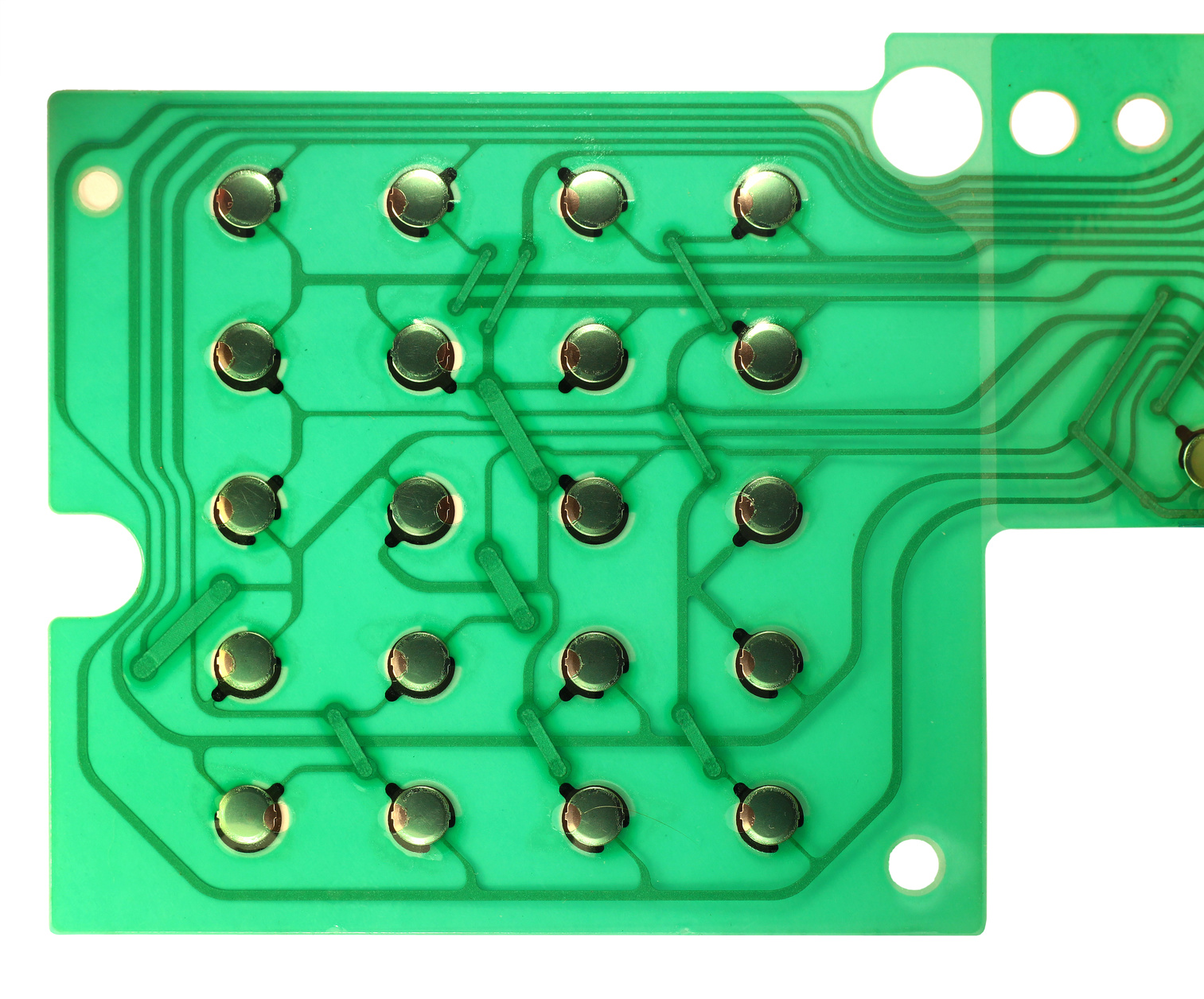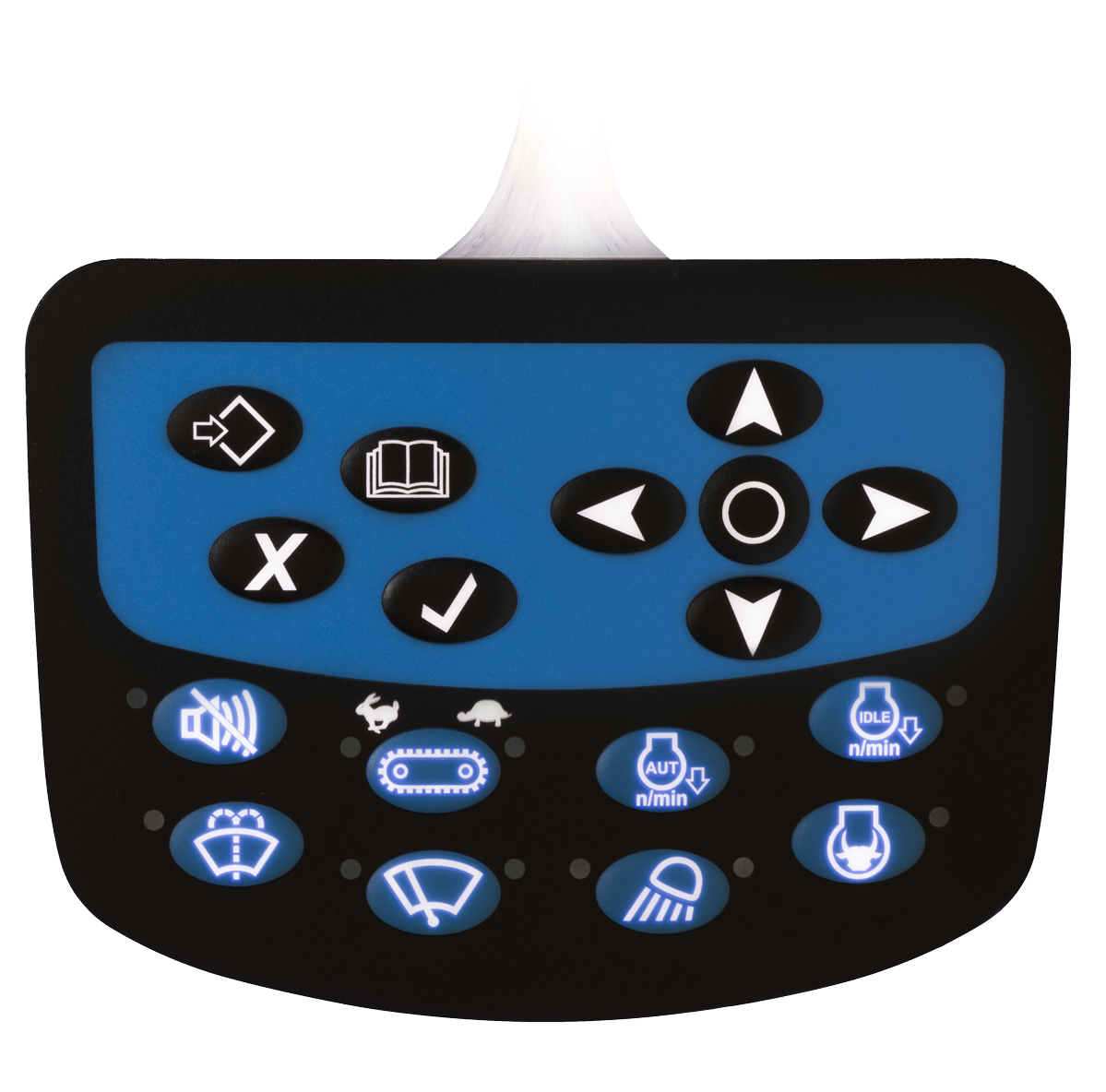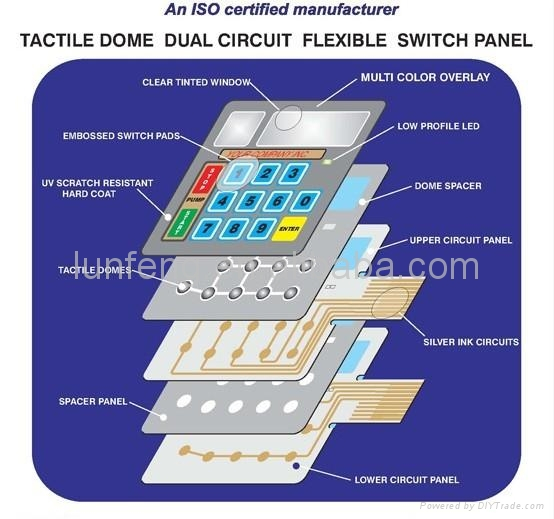Membrane Switches vs. Traditional Switches: What You Need to Know
Membrane Switches vs. Traditional Switches: What You Need to Know
Blog Article
Understanding the Significance of Membrane Switches in User User Interfaces
Membrane switches are indispensable elements in the style of effective interface, assisting in not just performance but additionally enhancing visual appeal and customer interaction. Their unique functions, such as resistance to ecological aspects and customizable styles, make them ideal for a diverse selection of applications across several industries. As we check out the numerous advantages and future patterns connected with Membrane technology, it comes to be clear that these buttons are much more than simply parts; they represent a merging of development and usefulness. The implications of this innovation on individual experience are worth taking a look at better.
What Are Membrane Switches?

The spacer layer, which consists of sticky homes, allows for the splitting up of the circuit layer from the overlay, ensuring that the button stays in a non-activated state up until pressed. When stress is related to the overlay, it compresses the spacer layer, linking the void and completing the circuit in the underlying layer. This design not just minimizes the physical area required for typical mechanical buttons but additionally improves the sturdiness of the device, as Membrane buttons are typically immune to dust, moisture, and various other environmental variables.
Frequently found in applications ranging from customer electronic devices to clinical tools, Membrane buttons are integral to modern innovation, supplying a straightforward and efficient interface that straightens with modern design demands.
Benefits of Membrane Buttons
While various button technologies exist, Membrane Switches deal distinct advantages that make them specifically desirable in different applications. Among the primary advantages of Membrane buttons is their compact style, which permits space-saving applications in tools where realty is limited. Their slim profile not just improves visual allure but also promotes light-weight construction.
One more considerable benefit is their resistance to environmental elements. Membrane buttons are usually secured versus wetness, dust, and contaminants, making them excellent for usage in requiring environments, such as medical devices and commercial equipment. This longevity prolongs the life-span of the button, reducing maintenance expenses and improving integrity.
Additionally, Membrane buttons can be tailored to satisfy particular layout demands, incorporating one-of-a-kind graphics and colors that enhance individual communication. Their tactile comments choices can likewise be customized to give a satisfying user experience. In addition, Membrane buttons are cost-efficient, specifically in high-volume applications, as they can be generated successfully.
Applications in Numerous Industries

In the customer electronics sector, Membrane switches are prevalent in gadgets such as microwaves, washing devices, and remotes. Their tactile feedback and visual options boost individual experience while providing a sleek, modern-day look. In addition, automotive suppliers use Membrane switches in control panel controls and infotainment systems, where web link room is limited, and customer interaction is essential.
Additionally, the industrial market leverages Membrane buttons in control panels for machinery and devices, permitting user-friendly procedure in typically harsh atmospheres. Their resistance to chemicals and dampness guarantees long life and reliability in these applications. In general, the flexibility of Membrane Switches adds significantly to their extensive usage, making them essential in different technical domains.
Design Considerations for Membrane Buttons

When creating Membrane buttons, numerous key considerations should be taken into consideration to make certain optimal functionality and user experience. First of all, the option of products is critical; selecting resilient, top notch substratums can boost the button's long life and resistance to ecological variables such as dampness and temperature level variations.
Secondly, the layout of the visuals overlay need to focus on clearness and ease of use. Symbols and message need to be readable, and the layout should facilitate instinctive communication (membrane switches). Furthermore, tactile feedback is essential; including a responsive dome or other devices can improve the user experience by providing physical verification of activation
One more crucial element is the switch's electric performance. Designers need to guarantee that the conductive traces are properly made to lessen resistance and stay clear of signal disturbance. This entails examining the needed actuation pressure and making sure compatibility with the digital elements they will user interface with.

Future Trends in Membrane Innovation
As technology proceeds to advance, Membrane buttons are poised to progress considerably, a knockout post driven by technologies in materials and making techniques. One emerging fad is the incorporation of sophisticated products, such as conductive inks and versatile substratums, which improve durability and decrease the total weight of Membrane buttons. These products not only improve the responsive feedback but likewise permit the layout of switches that can stand up to harsher ecological problems.
Furthermore, the integration of touch-sensitive innovations is changing typical Membrane Switches into more interactive individual interfaces. Capacitive touch sensing units installed within Membrane button panels can give a more responsive and intuitive customer experience, straightening with the growing demand for sleek, modern designs in consumer electronics.
Furthermore, improvements in printing methods, such as electronic and 3D printing, allow fast prototyping and personalization of Membrane switches. This versatility enables makers to react quicker to market needs and consumer preferences.
Lastly, sustainability is becoming a significant focus, with manufacturers discovering environmentally friendly materials and procedures. As these patterns unfold, the future of Membrane technology assures boosted capability, visual charm, and environmental responsibility, strengthening their duty in sophisticated individual interfaces across numerous sectors.
Verdict
In final thought, Membrane Switches stand for a vital part in the style of customer interfaces, integrating capability with aesthetic versatility. As advancements in innovation proceed, the evolution of Membrane buttons is expected to additional improve user interfaces, driving advancement and boosting usability in a significantly complicated technical landscape.
Membrane switches are essential parts in the layout of effective individual interfaces, promoting not only functionality however additionally enhancing aesthetic charm and customer communication.Membrane Switches serve as an important part in numerous user interfaces, helping with a seamless communication in between customers and digital tools.While numerous switch innovations exist, Membrane Switches deal unique benefits that make them specifically preferable in numerous applications.Furthermore, Membrane switches can be personalized to meet specific style demands, including unique graphics and colors that enhance user interaction.In conclusion, Membrane Switches stand for an essential part in the layout of customer interfaces, incorporating performance with visual versatility.
Report this page